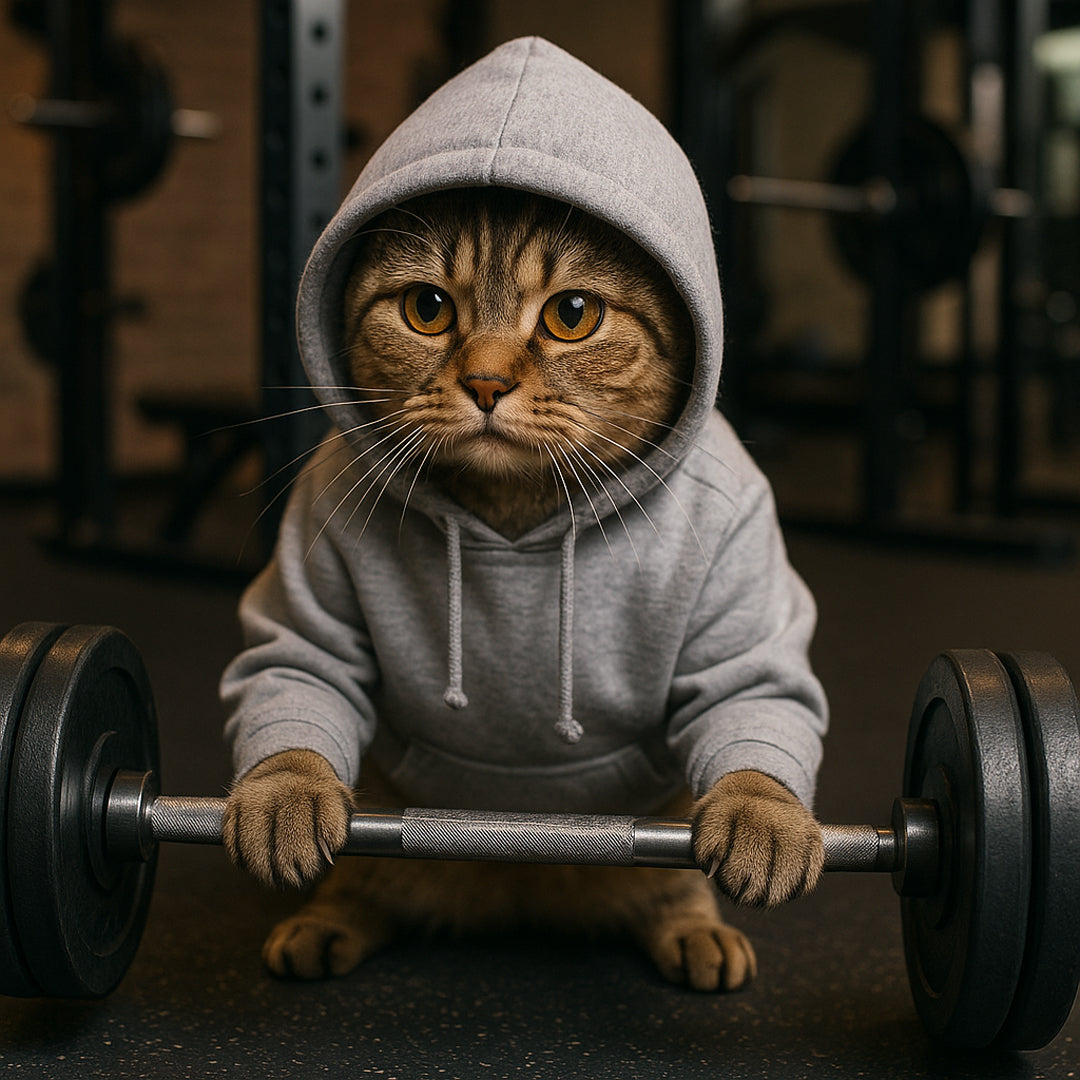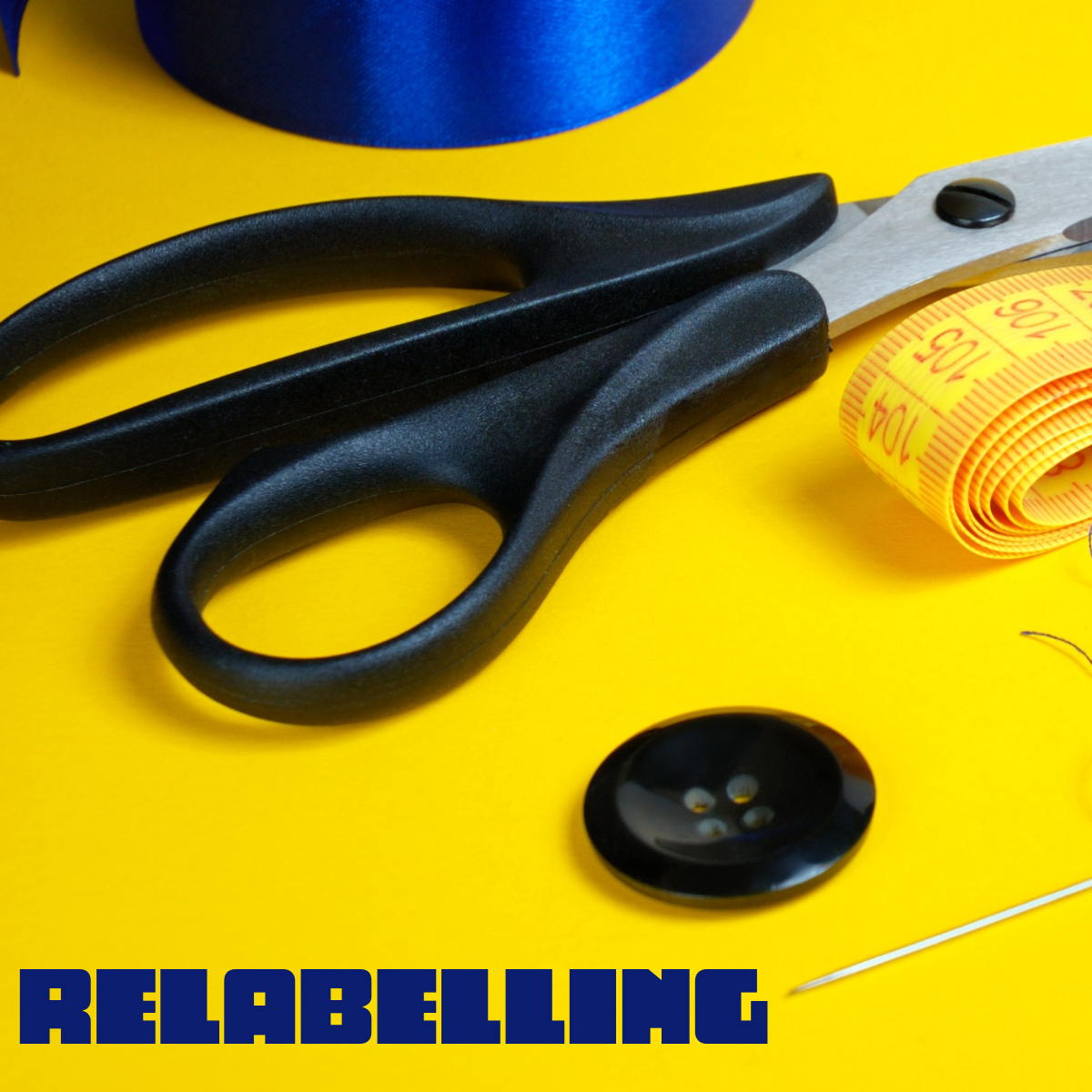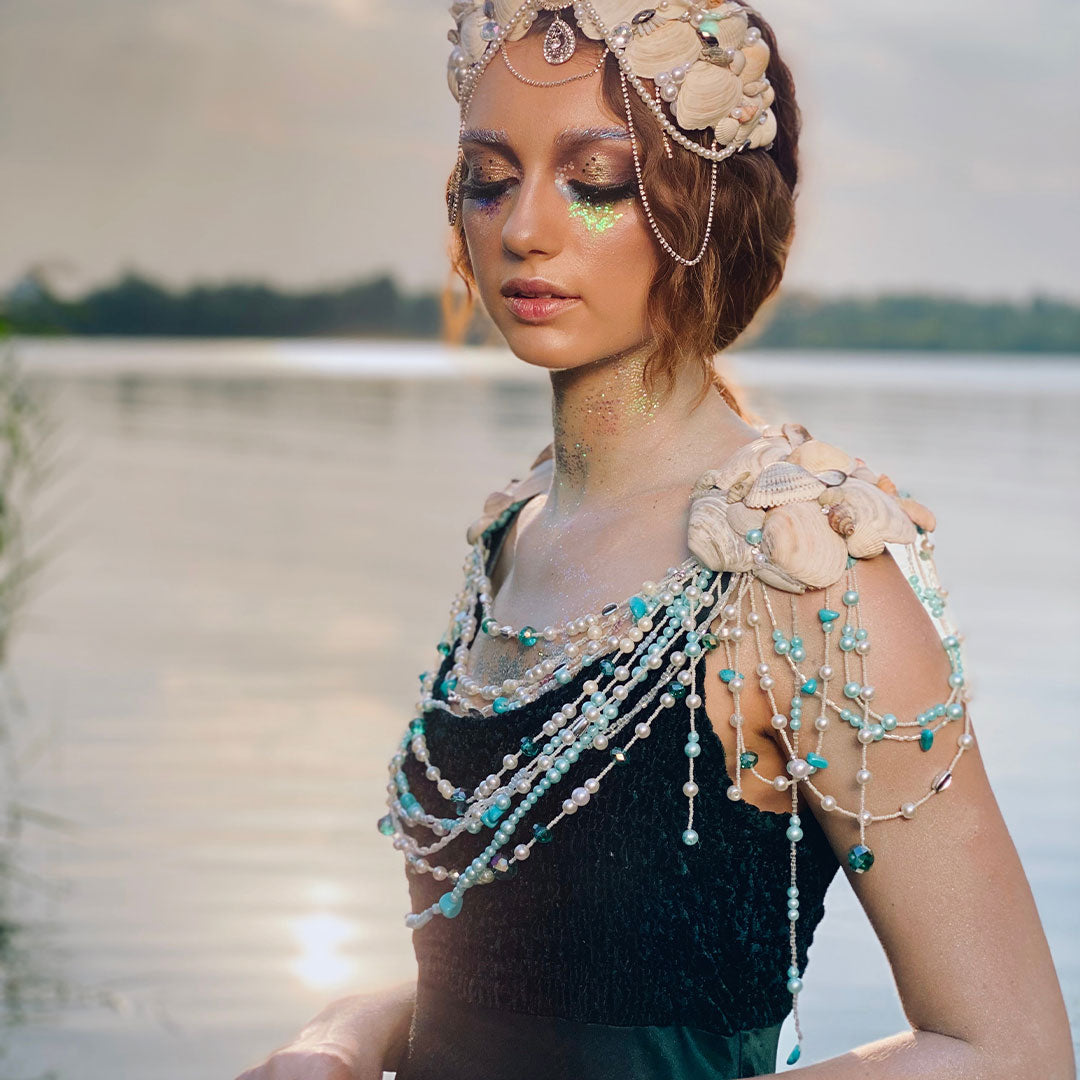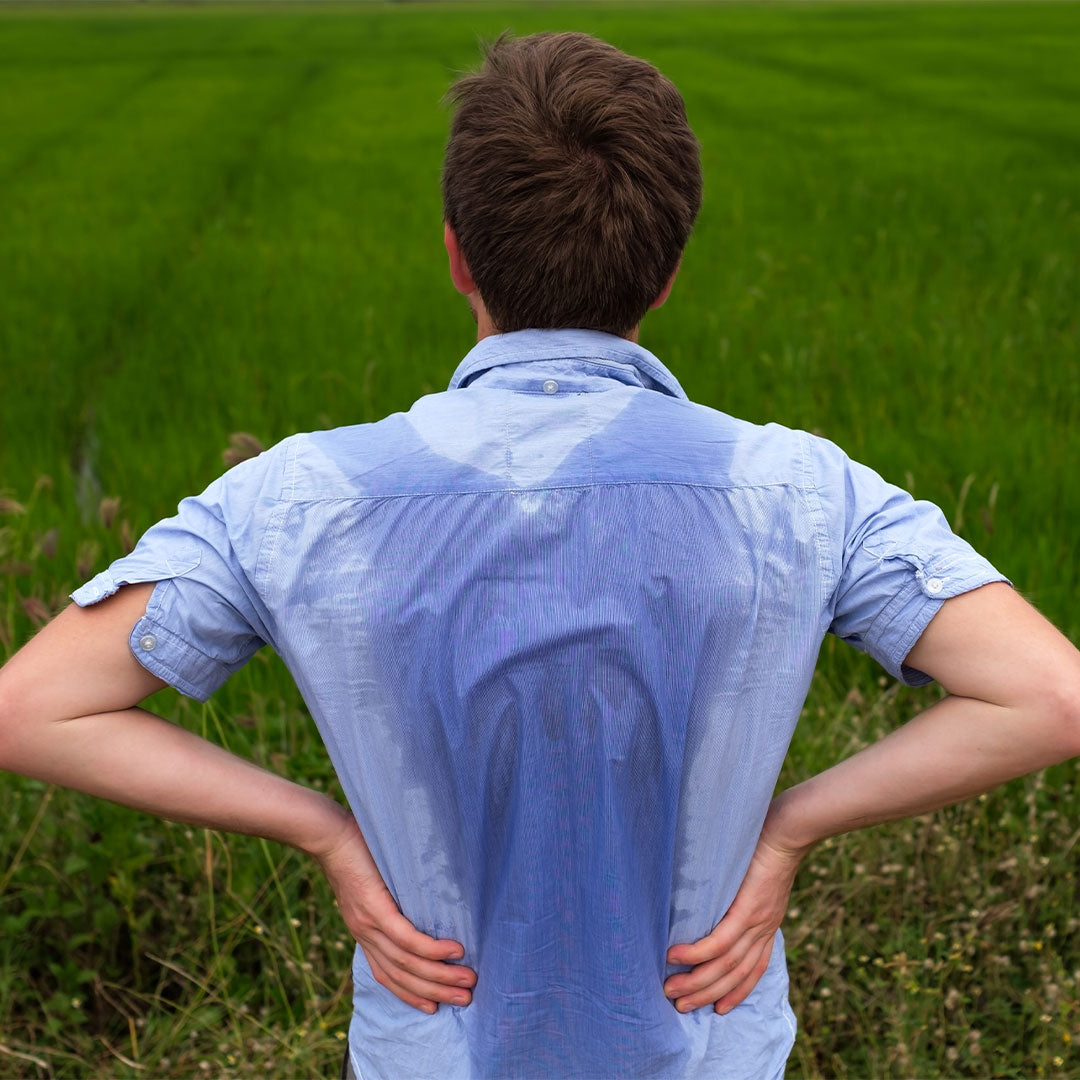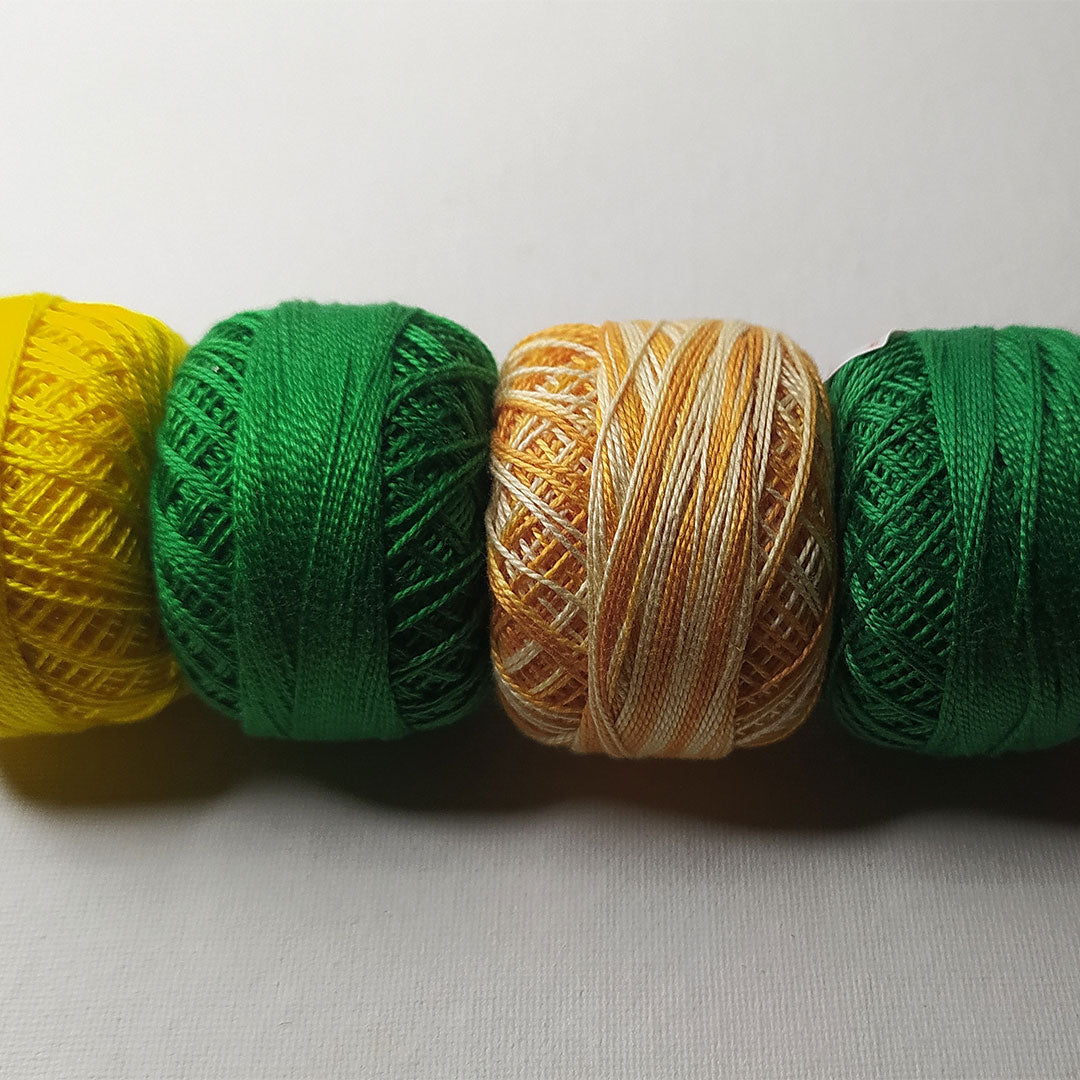
How is Bamboo used in garments?
Did you know? | Bamboo is reported to be the fastest growing plant on earth - capable of growing up to a metre per day! 🤯🎍
Bamboo has been used for thousands of years as a strong yet lightweight timber alternative. It has been used to construct buildings🛖⛩️, to create structures for farming seafood 🛶🪜🎣, to write on, to write with 📝, to create weaponry 🏹, to create baskets and hats 👒 and musical instruments 🪘, to cook with , to eat 🍜🥢... this incredibly versatile plant seemed destined to become fabric as well.
A member of the grass family, bamboo is inherently regenerative; it forms a dense mat of roots beneath the ground with rhizomes that send up multiple culms (shoots). It requires very little additional water over and above the natural annual rainfall, and is harvested once it reaches four years of age.
Historically, bamboo was only used for structural elements of garments, notably used as an alternative to baleen (whalebone) in corsetry and steel wire in bustles. The mechanical processing of bamboo into fibres that can be spun into yarn is a multi-day process and results in coarse fibre which cannot be spun into fine, soft yarns.
In recent years, this process has been refined with the addition of a natural enzyme found in microorganisms on the bamboo itself; this breaks down the fibres sufficiently to allow for very fine spinning. 🧵 The resulting fabric is sometimes called Bamboo Linen, as the process is the same as the modern processing of flax into linen. As there are no additional chemicals used, this is the process utilised by mills manufacturing organic bamboo.
The more common processing method involves different chemicals at multiple steps, and results in fabric called either Bamboo Rayon or Bamboo Viscose, depending on the exact process used. Rayon is made to feel silky smooth, while Viscose is designed more to imitate cotton. These terms are - unfortunately - often used interchangeably in the Western textile market.
Finally, there is Bamboo Charcoal. Much like the application of Silver to garments, the fibres (whether natural or human-made) are infused with charcoal nanoparticles before being spun into yarn. The resulting fabric woven or knitted from this yarn is moisture-wicking and repels odour and bacteria.
Click the images below to explore The Cool Stretch Suiting range from Biz Corporates - all with 8% bamboo charcoal!
Easy Explainers | Load Up On Learnings
- Choosing a selection results in a full page refresh.
Footer menu
House of Uniforms
Office & Showroom: (appointments essential)
4 Walter Street, Moorabbin 3189, Victoria, Australia
T: 03 95557797
E: info@houseofuniforms.com.au
Please contact us to make an appointment.
Want Deals & FREE Stuff?
Deals & Freebies
are for our amazing subscribers only.
_____________________________
Sorry there's NO Auto :
- free shipping coupons,
- 10% intro vouchers
- Or any other generic offers
Why Subscribe? Well, we love spoiling our subscribers, we're known to be very generous. So go ahead hit subscribe; You'll love being part of our exclusive group.
Don't want to Subscribe? That's totally fine. You can still shop with us, you just won't receive any special offers, deals or freebies.
Bulk Discounts are for everyone (subscribed or not).
© 2025, House of Uniforms Powered by Shopify
!




